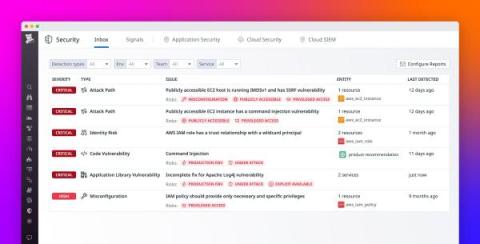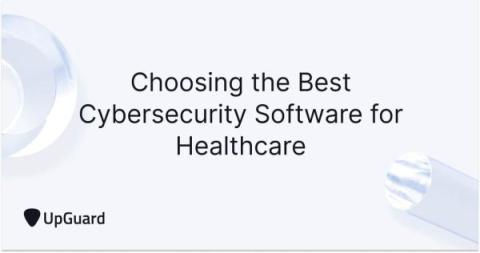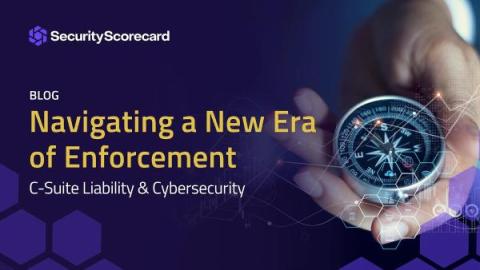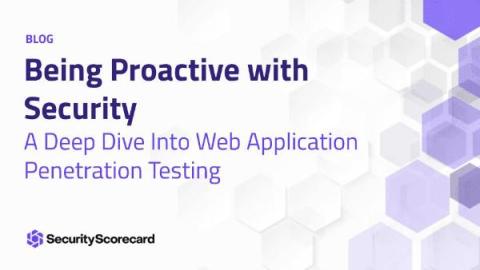Security | Threat Detection | Cyberattacks | DevSecOps | Compliance
Risk Management
Top 5 Open Source Security Risks IT Leaders Must Know
Lurking in the open source software (OSS) that pervades applications around the world are open source security risks technology leaders must be aware of. Software is one of technology’s most vulnerable subsets with over 70% of applications containing security flaws. Here are the open source security risks IT leaders must be aware of to protect technology and help it scale safely.
Navigating the Waters of Change: A Risk Expert's Roadmap for NYDFS Cybersecurity Regulation Compliance
Easily identify and prioritize your top security risks with Datadog Security Inbox
In today’s complex cloud environments, security and engineering teams need to manage vulnerabilities and misconfigurations across multiple layers of the stack, including cloud resources, clusters, containers, and applications. Often, this results in a lengthy list of problems that lacks prioritization and is daunting for users to address.
Enterprise Software Security: Challenges and Best Practices
Choosing the Best Cybersecurity Software for Healthcare
C-Suite Liability & Cybersecurity: Navigating a New Era of Enforcement
Author: Owen Denby, General Counsel, SecurityScorecard On October 30, 2023, the SEC charged both SolarWinds and their CISO Tim Brown with defrauding investors, by failing to make disclosures about cybersecurity issues and vulnerabilities related to the massive nearly two-year long “SUNBURST” hack of the company.
Being Proactive with Security
As web applications continue to grow in complexity and sophistication, ensuring their security has become an increasingly daunting challenge. From emerging threats like API vulnerabilities and serverless architectures to well-known risks like cross-site scripting and SQL injection, organizations—regardless of size or industry—must be prepared to address a wide range of security concerns in order to keep their web applications safe and secure.
Empowering Cybersecurity Leaders
SecurityScorecard recently participated and presented in the World Economic Forum’s (WEF) Annual Meeting on Cybersecurity, which brought together 160 leaders on cybersecurity, including: global Chief Information Security Officers (CISOs); academic thought leaders, heads of cybersecurity from multiple countries and entities (the United Arab Emirates, Canada, Singapore, Luxembourg, the European Union, and Interpol); and the CEOs of several major companies.











